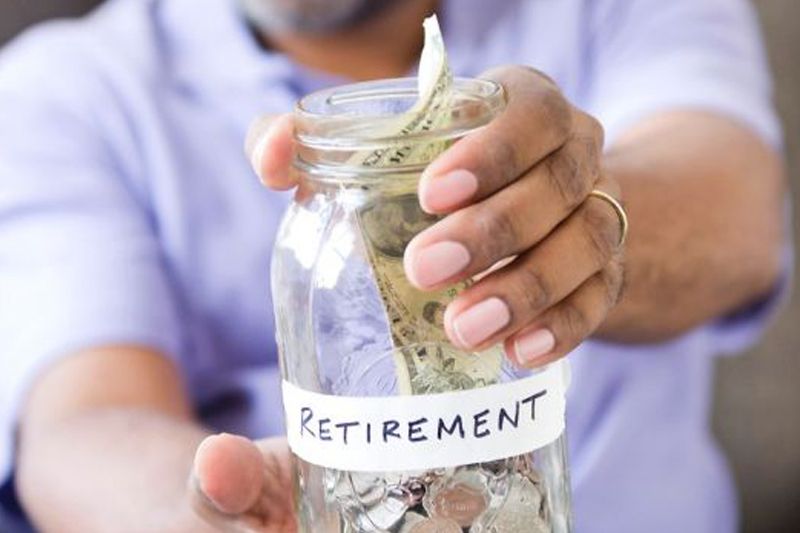BY NATHANIEL SILLIN
If you’re over age 50 and not sure whether you’re going to be able to retire, it’s time to focus, get advice and build a realistic plan.
You’re not alone. The U.S. Government Accountability Office recently reported that most households approaching retirement have low savings, adding that nearly half of households led by individuals or couples aged 55 and older having no retirement savings accounts at all.
The first step is to define where you really stand financially. Consider speaking with a qualified financial and tax advisor to define your present financial circumstances. Such a conversation should take into account your household income, tax situation, debt and retirement assets in any form. Reviewing these factors can help shape your decisions about supersizing your retirement plan for maximum safe returns. While a customized plan is generally the best way to approach shortfalls, here are some general approaches.
Take time to reevaluate your budget. To accelerate retirement saving and investing, you need to find the money first. Non-mortgage debt is a major retirement savings obstacle. Better budgeting can help you find the money to pay off debt quicker. Adjust your spending across the board so you can accomplish this while adding more money to savings over time.
Know that you’re going to need to accelerate your savings. Estimates vary, but generally, after age 50, it’s best to direct at least 10 percent of your gross income in savings and investments to cover living expenses when you stop working. If you are employed, review your contribution and income limits for the most popular self-directed and tax-advantaged retirement savings vehicles. Those include:
- 401(k), 403(b) and most 457 plans, which will have a maximum annual contribution limit of $18,000 in 2015
- Individual Retirement Accounts (IRAs) – both Traditional and Roth – which will have maximum “catch-up” contribution limits of $6,500 (the regular $5,500 limit plus $1,000 for taxpayers aged 50 or over by yearend 2015)





